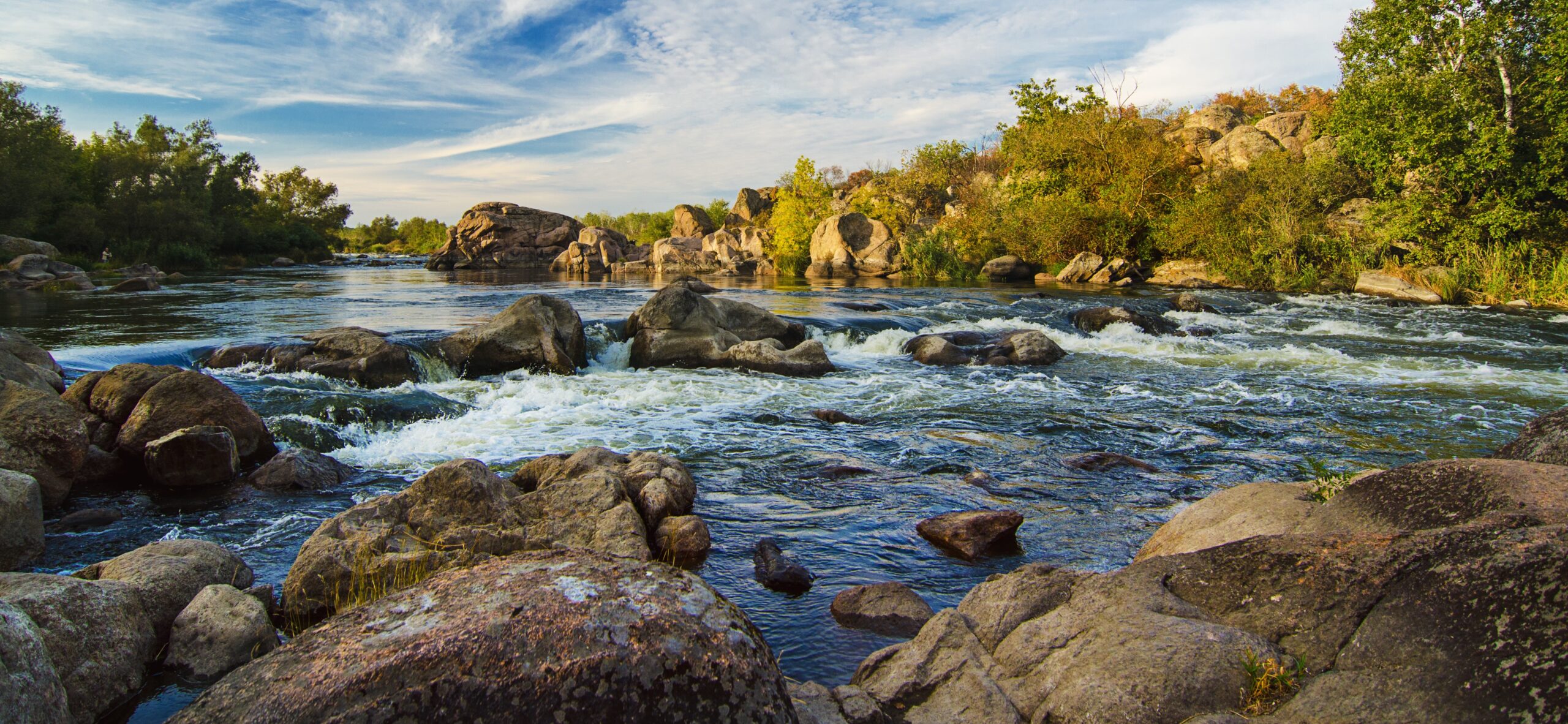
Fact Sheet
Pollinators
Overview
Pollinators are declining rapidly due to a number of factors, including loss of habitat, loss of forage and pesticides. Some pollinators such as bumblebees and Monarch butterflies may be on the verge of extinction. Many states have enacted or are considering legislation to acquire, restore and/or protect pollinator habitat, as well as to restrict the application of pesticides and other chemicals that are harmful to pollinators.
Key Points
Key Point 1
Pollinators are essential to at least one-third of the crops grown for human consumption. (USDA)
Key Point 2
In 2020-2021 alone, 45.5% of honeybee populations in the United States died in one season. (Bee Informed Partnership)
Key Point 3
Pollinators are responsible for $24 billion in US crop production, and between $235 and $577 billion in crops produced worldwide. (Bayer)
Legislation
States have taken several approaches to protect pollinators, including:
- Encouraging communities to use native pollinator flowering plants and habitat, such as NJ S.83
- Increasing public education through a Pollinator Week such as PA H.R.385 and NY’s K.1434, or Bee Aware Day (NM S.M.103)
- Restricting or prohibiting specific pesticides, such as neonicotinoids (MD H.B.211, NJ S.1016, and MD H.B.0208)
- Establishing funding for pollinator protection, such as through state license plate fees (VA S.B.434, NJ S.92, and CO H.B.21-1145)

Empower State Environmental Champions
Your donation funds the fight for equitable actions that protect the environment and our health.
Donate